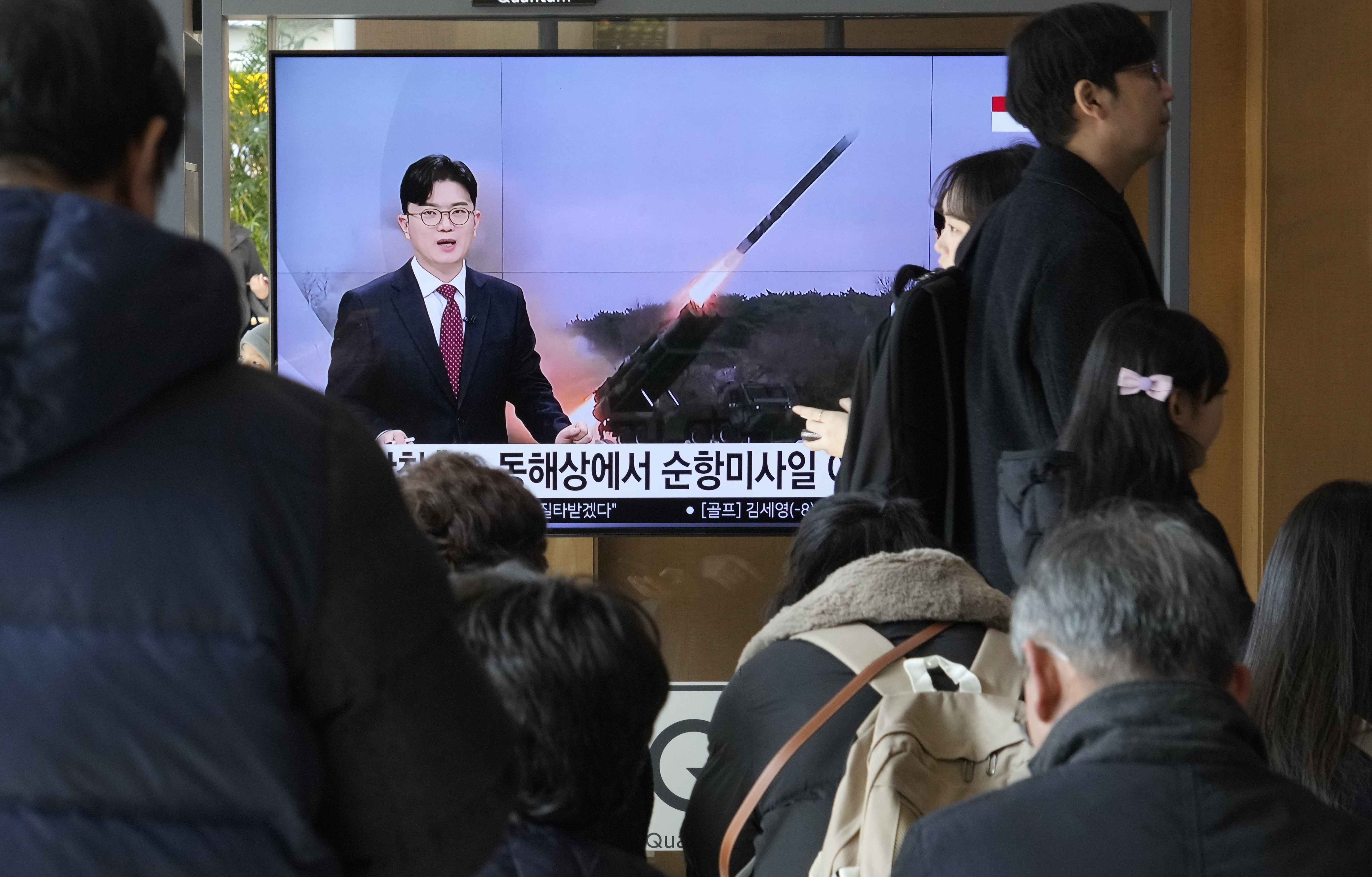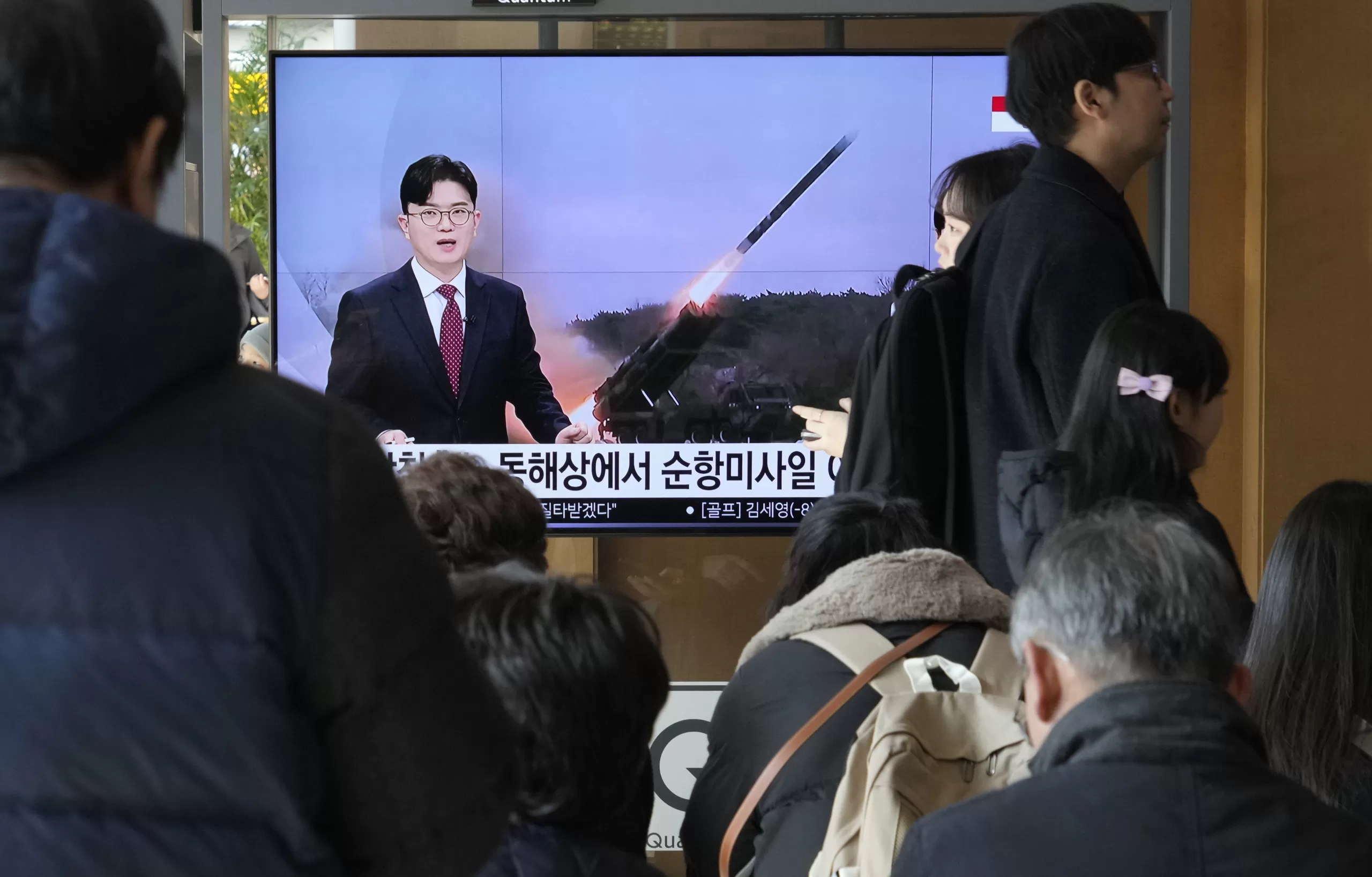
The South’s military didn’t immediately provide specific launch details, including the number of missiles fired, how far they flew and whether they were launched from land or naval assets.
Tensions on the Korean Peninsula have increased in recent months as Kim continues to accelerate his weapons development and issue provocative threats of nuclear conflict with the U.S. and its Asian allies.
The U.S., South Korea and Japan in response have been expanding their combined military exercises, which Kim portrays as invasion rehearsals, and sharpening their deterrence strategies built around nuclear-capable U.S. assets.
North Korea said its launches last week involved a new cruise missile called Pulhwasal-3-31 and described the test as part of regular efforts to develop its military. The North described that missile as “strategic,” implying a possible intent to arm it with nuclear weapons.
North Korea’s cruise missiles supplement the country’s huge lineup of ballistic missiles, including intercontinental ballistic missiles designed to reach the U.S. mainland.
While North Korean cruise missile activities aren’t directly banned under U.N. sanctions, experts say those weapons potentially pose a serious threat to South Korea and Japan. They are designed fly like small airplanes and fly along landscapes where they could be harder to detect by radar.
Since 2021, North Korea has conducted at least 10 rounds of tests of what it described as long-range cruise missiles fired from both land and sea. The country claims its weapons are nuclear-capable and their range is up to 2,000 kilometers (1,242 miles), a distance that would include U.S. military bases in Japan.
